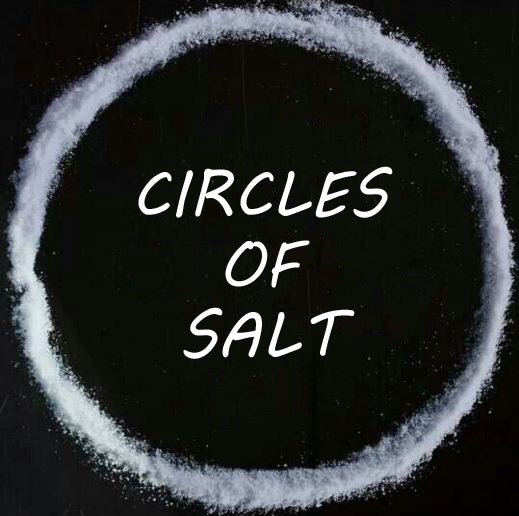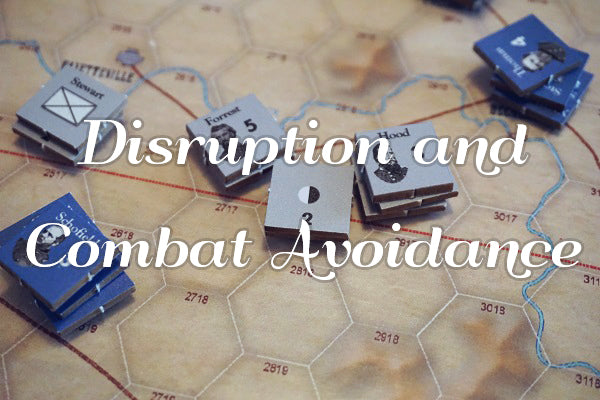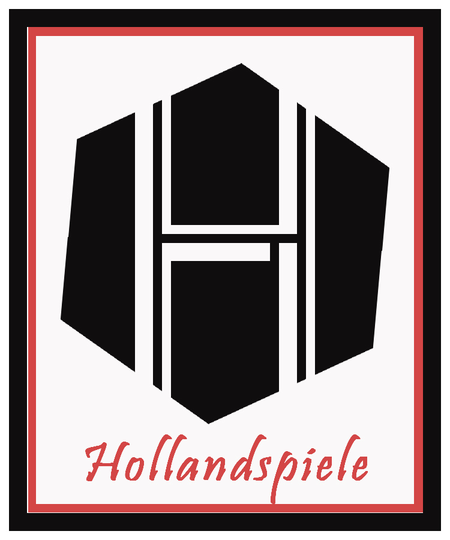Hollandazed: Thoughts, Ideas, and Miscellany
DESIGNING IRISH GAUGE (by Tom Russell)

The most remarkable thing about Irish Gauge (originally published by Winsome in 2014, and just recently republished in a handsome new edition by Capstone) is that I designed it in about an hour while driving home from work in the autumn of 2012. Now, I'm not supposed to say that. I'm supposed to talk about ideas percolating for months, about trials and errors, about the inherently iterative process of game design, about the versions of the game that didn't work but were refined via playtesting into something that was first playable, and then, eventually, something that was good. But that's...
FROM THE ARCHIVES: ABSTRACTS (by Tom Russell)

Throughout my life, from my childhood until the present day, I've had brief, intense periods in which I became obsessed with chess. It's an irresistible compulsion, the gaming equivalent of pon farr. After a few days or weeks, the fever passes. This waning of my sudden affection is helped along by the fact that I've always been pretty rubbish at chess. I've no head for playing competitively nor competently. I'm a much better fit for backgammon, a game I came to late in life, but deliberately and by choice. That is to say, at an early age, someone decided I...
CIRCLES OF SALT (by Tom Russell)

I came into the hobby through eurogames, attracted by their machine-like elegance and their general aversion to Random Elements. In fact, the eurogames that I disliked tended to be the ones that used dice or swingy card decks. When I started designing games, I kept these random elements to a minimum, eschewing them when I could and taking great pains to mitigate them when they were necessary. Sometimes eurogamers that move into wargames express shock at the frequent use of dice to resolve combat, but that wasn't the case for me. Rolling dice on a CRT didn't seem like a...
FROM THE ARCHIVES: e.g. (by Tom Russell)

Years and years ago, when I still suffered from the delusion that I was a eurogame designer, one of my games was picked up by a small firm who never quite got around to publishing it. While that experience wasn't entirely a pleasant one, they did have several playtest groups at their disposal, and the feedback from those playtesters was generally useful and constructive, and made for a game that would have appealed to a broader audience than my original design if it had ever made it to market. Every time there was feedback, the publisher amended the ruleset, often...
DISRUPTION AND COMBAT AVOIDANCE (by John Theissen)

Designer John Theissen has designed several operational-level games for us: More Aggressive Attitudes, Objective Shreveport!, Hood's Last Gamble, Campaign of Nations, and Antony and Cleopatra. In this guest article, he touches on two features of his designs. There are a few rule concepts that find their way into most of the games I’ve designed, and I’d like to talk about two of them here. The purpose of these rules is to provide models reflecting some historical effects while keeping the rules fairly simple. The goal here is to combine the gaming concepts of playability and realism, hopefully in an effective...
